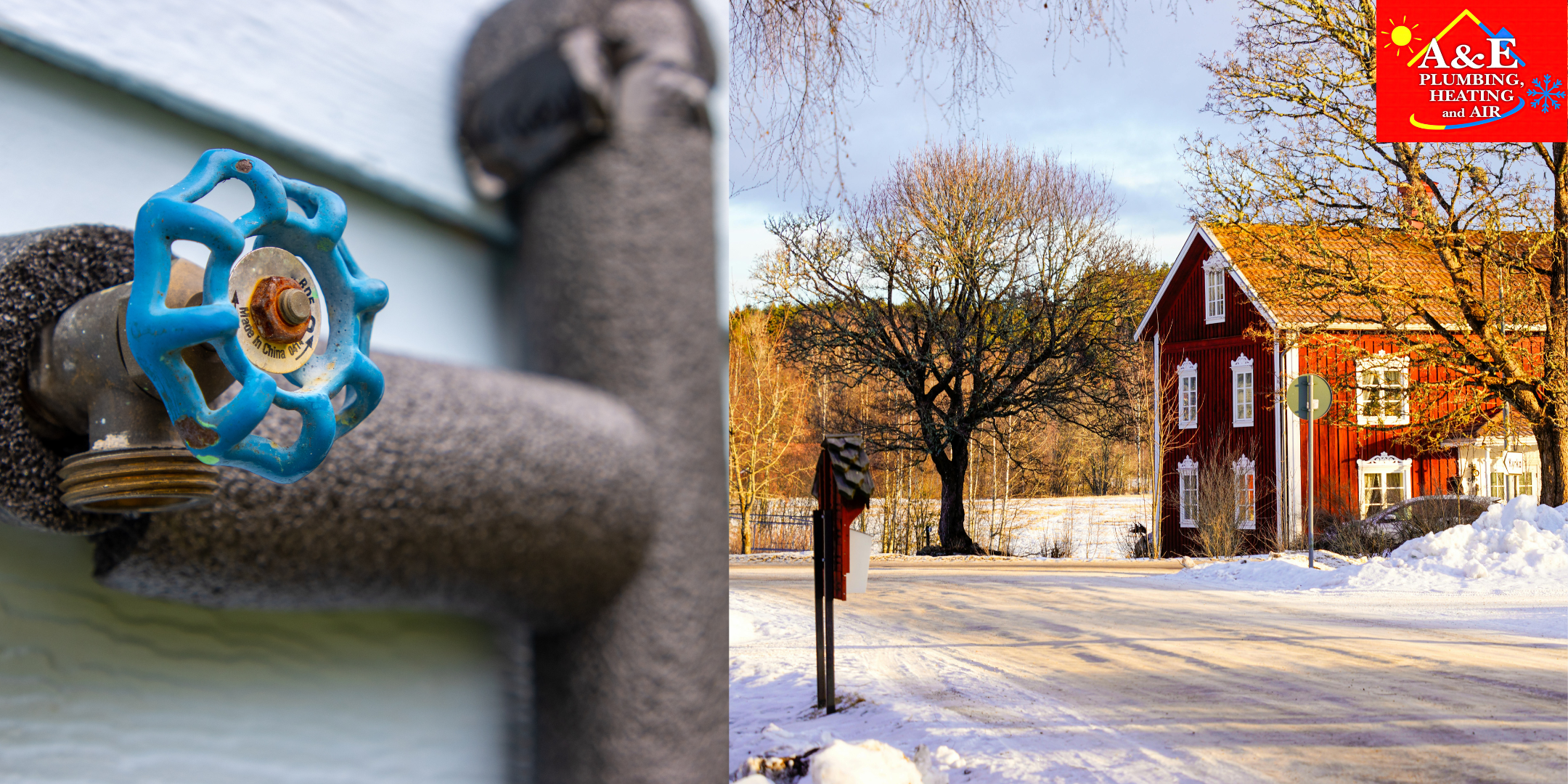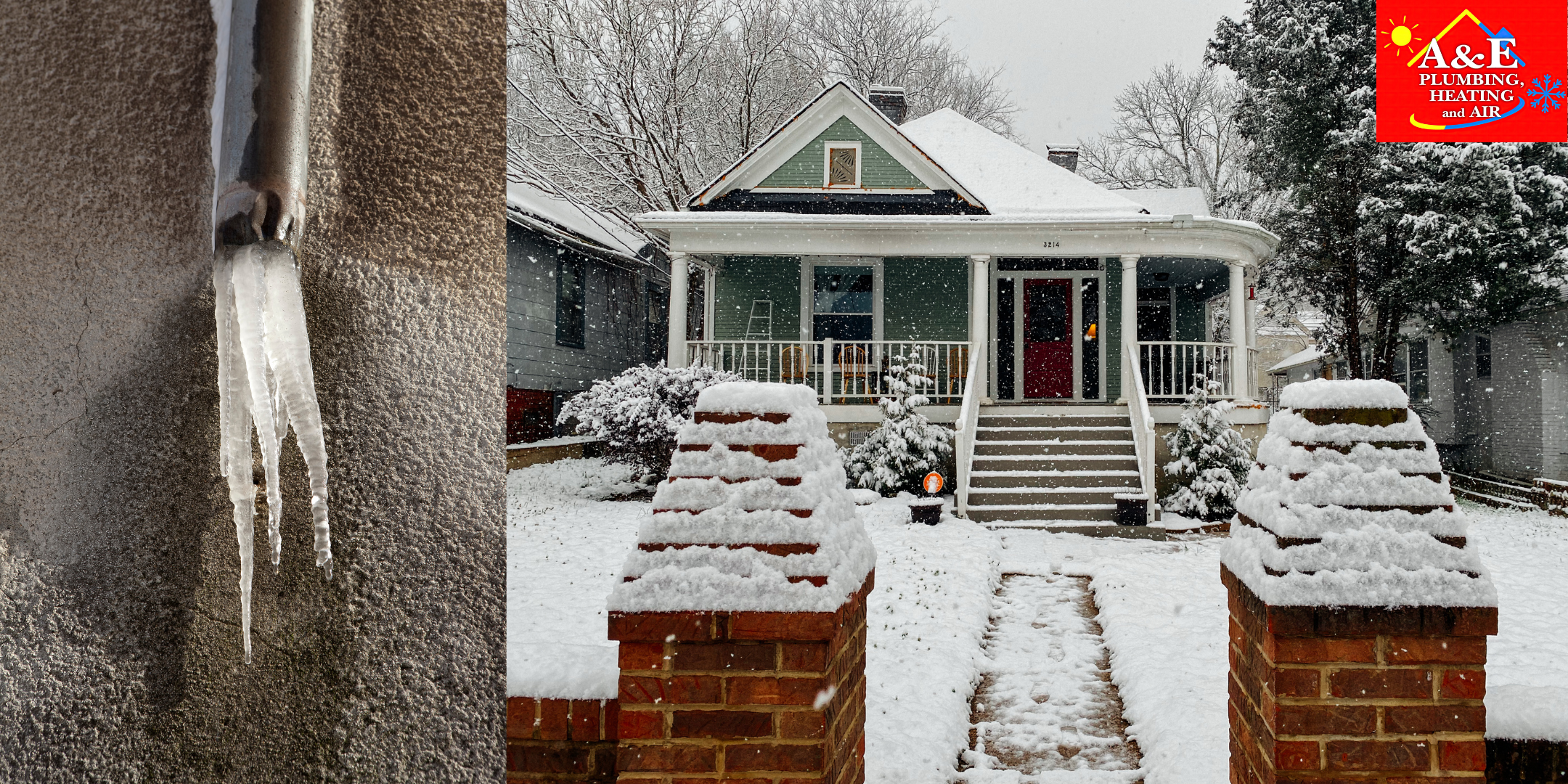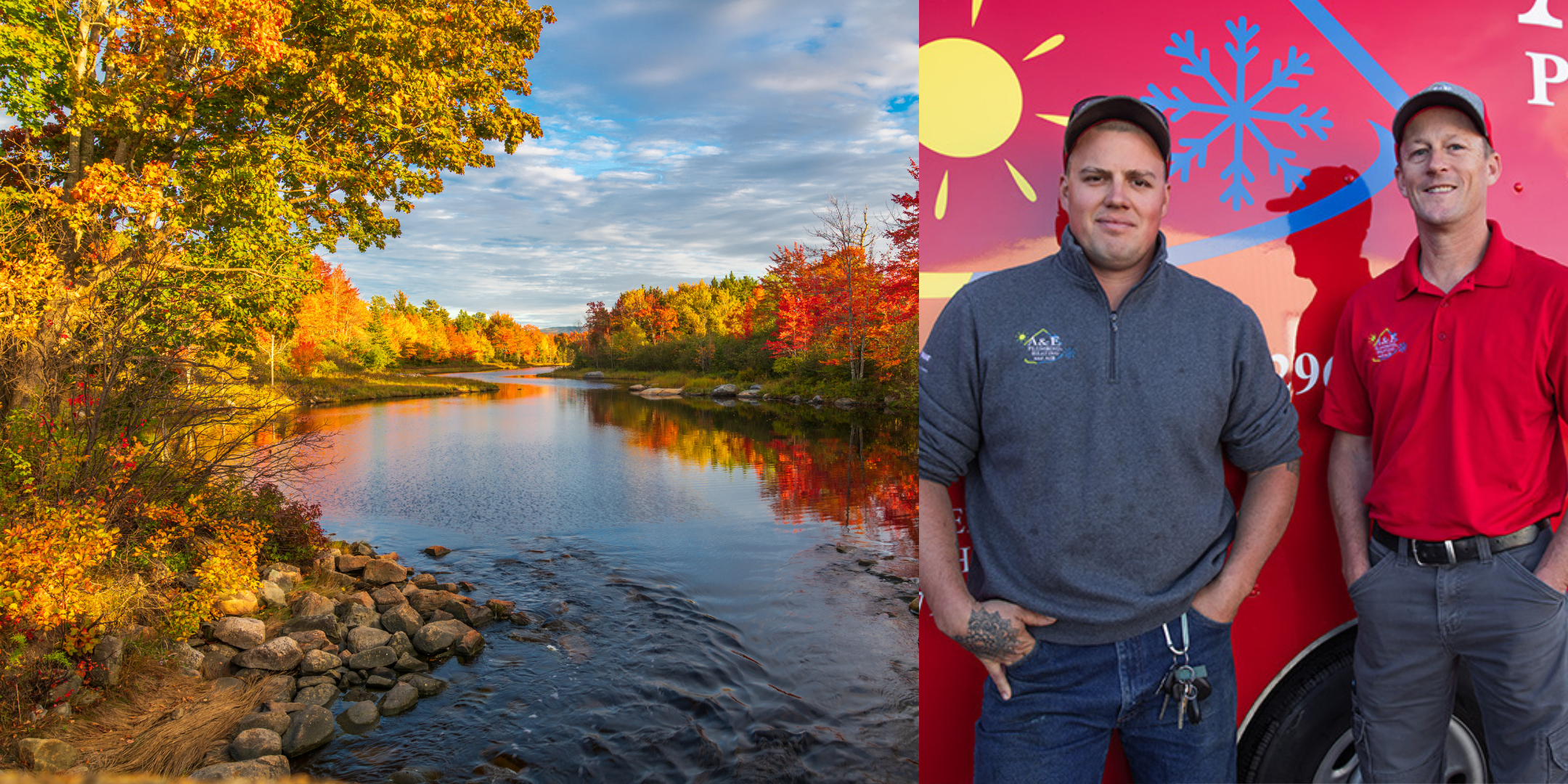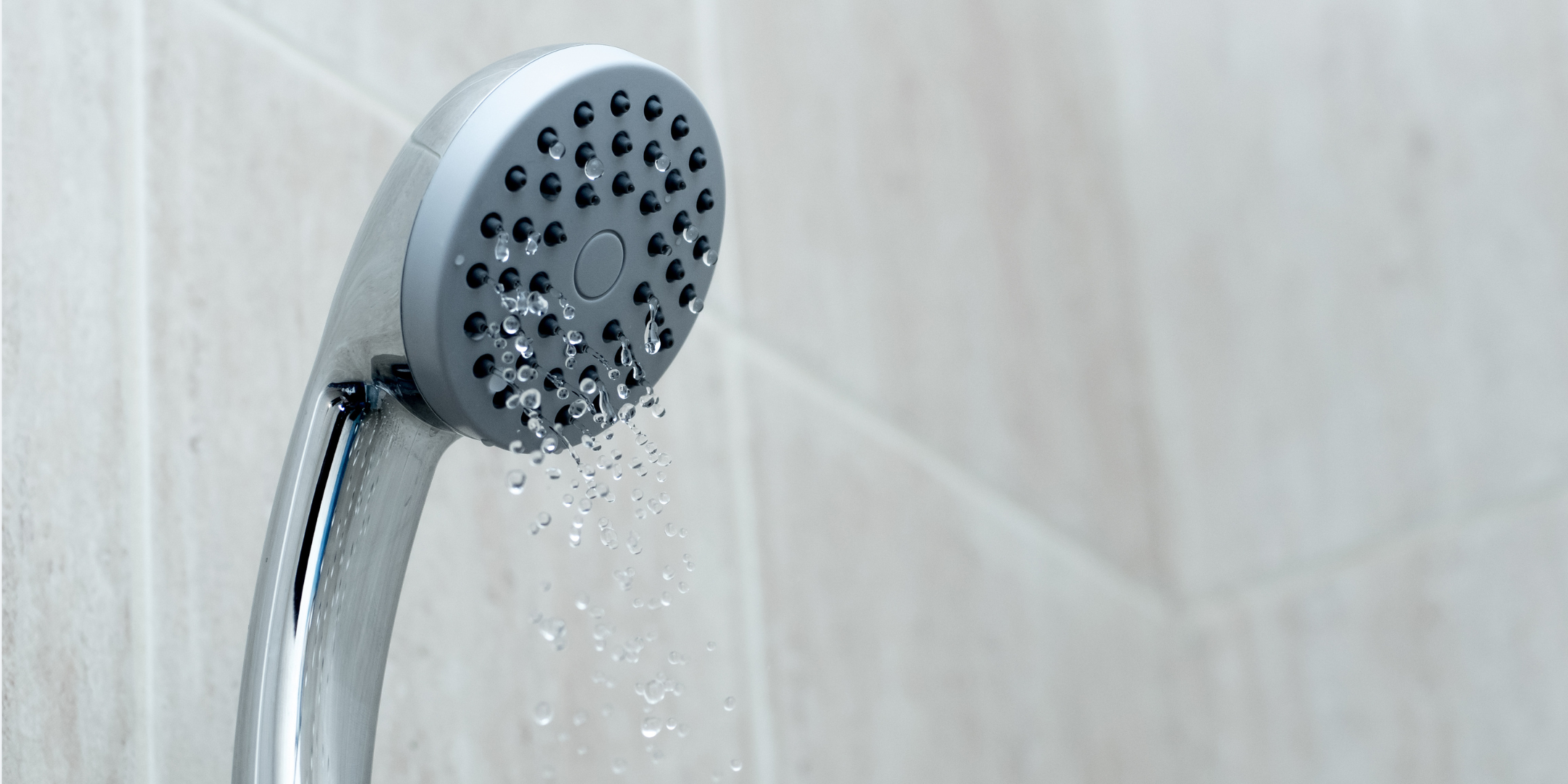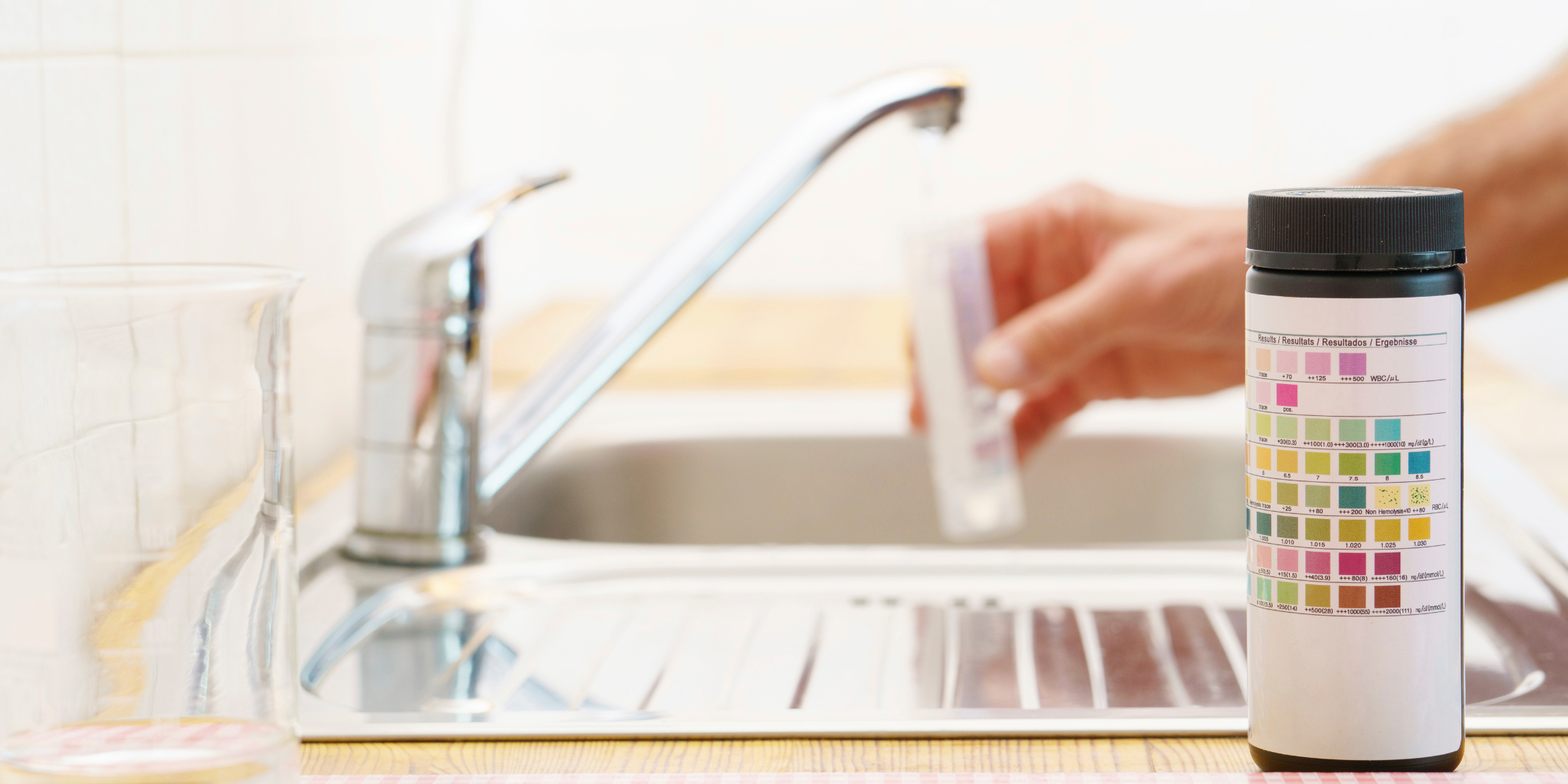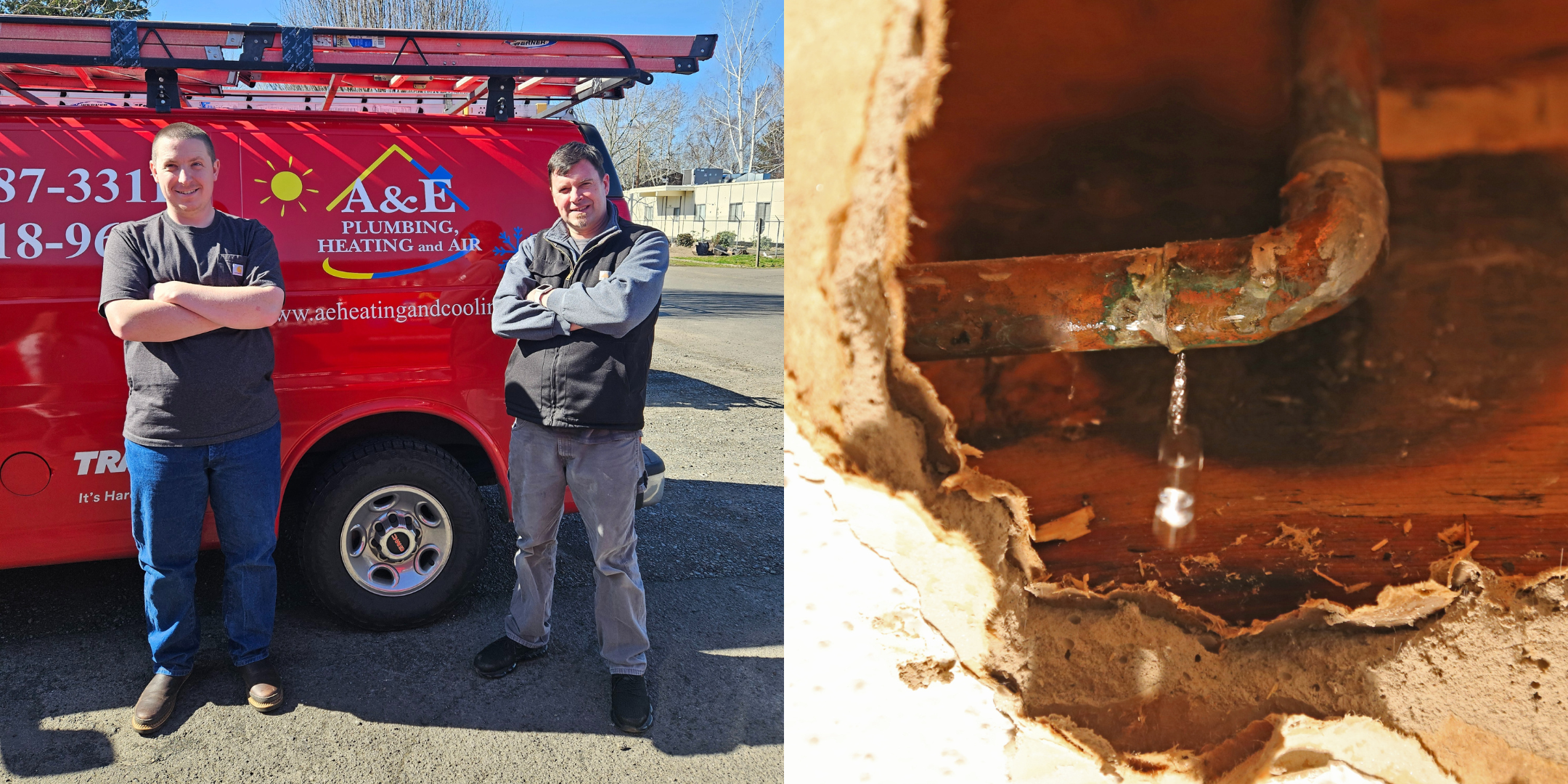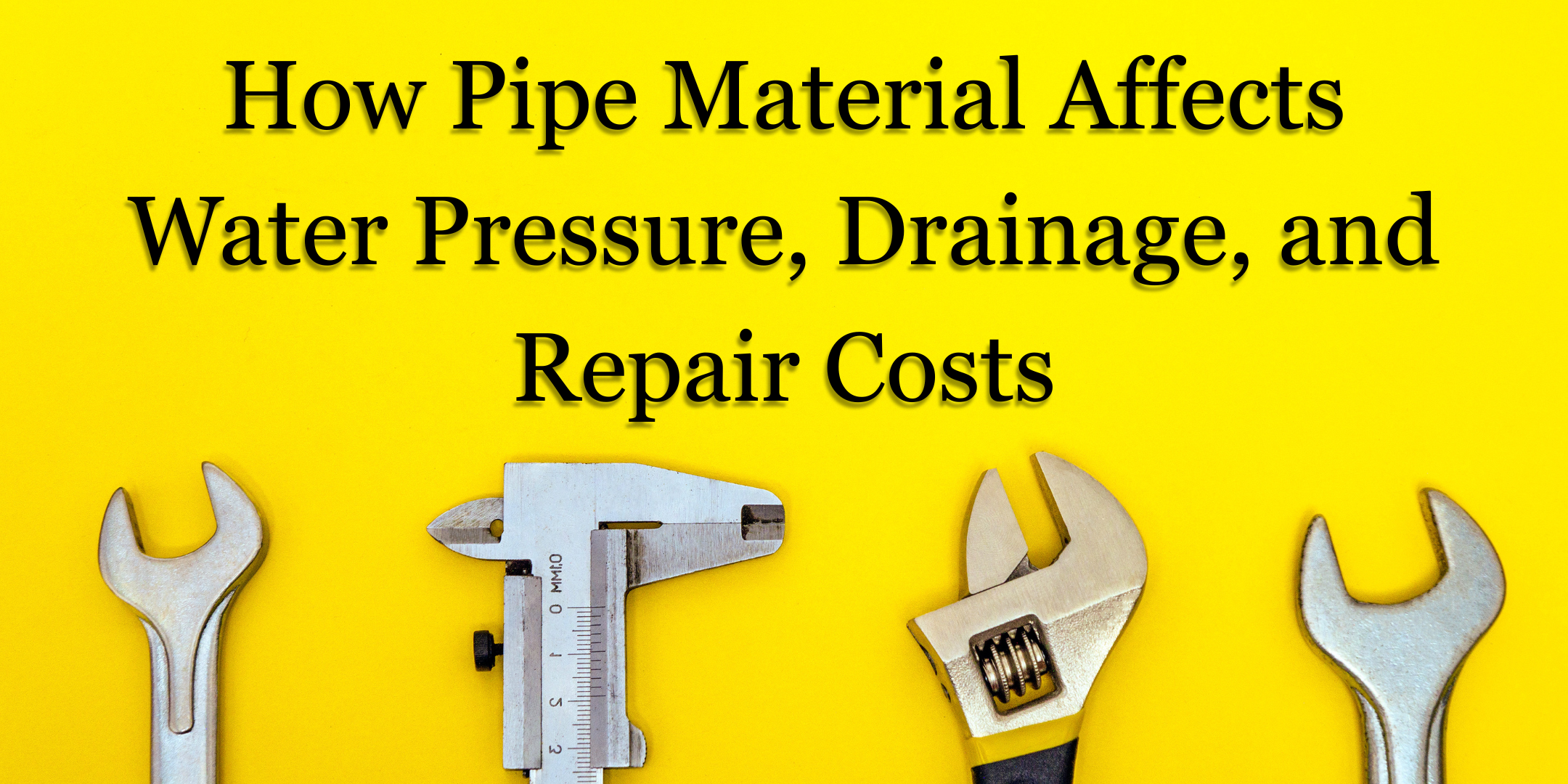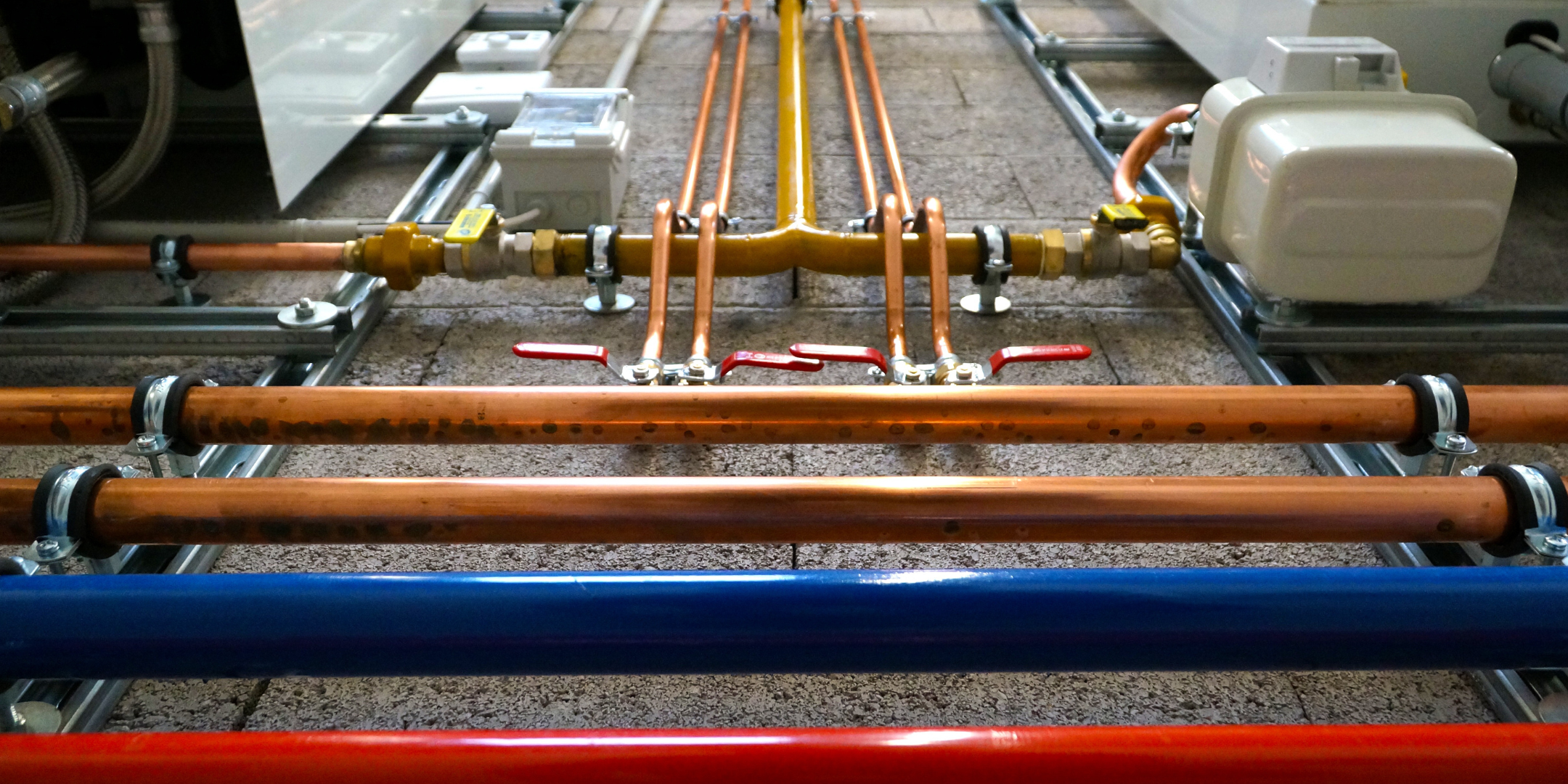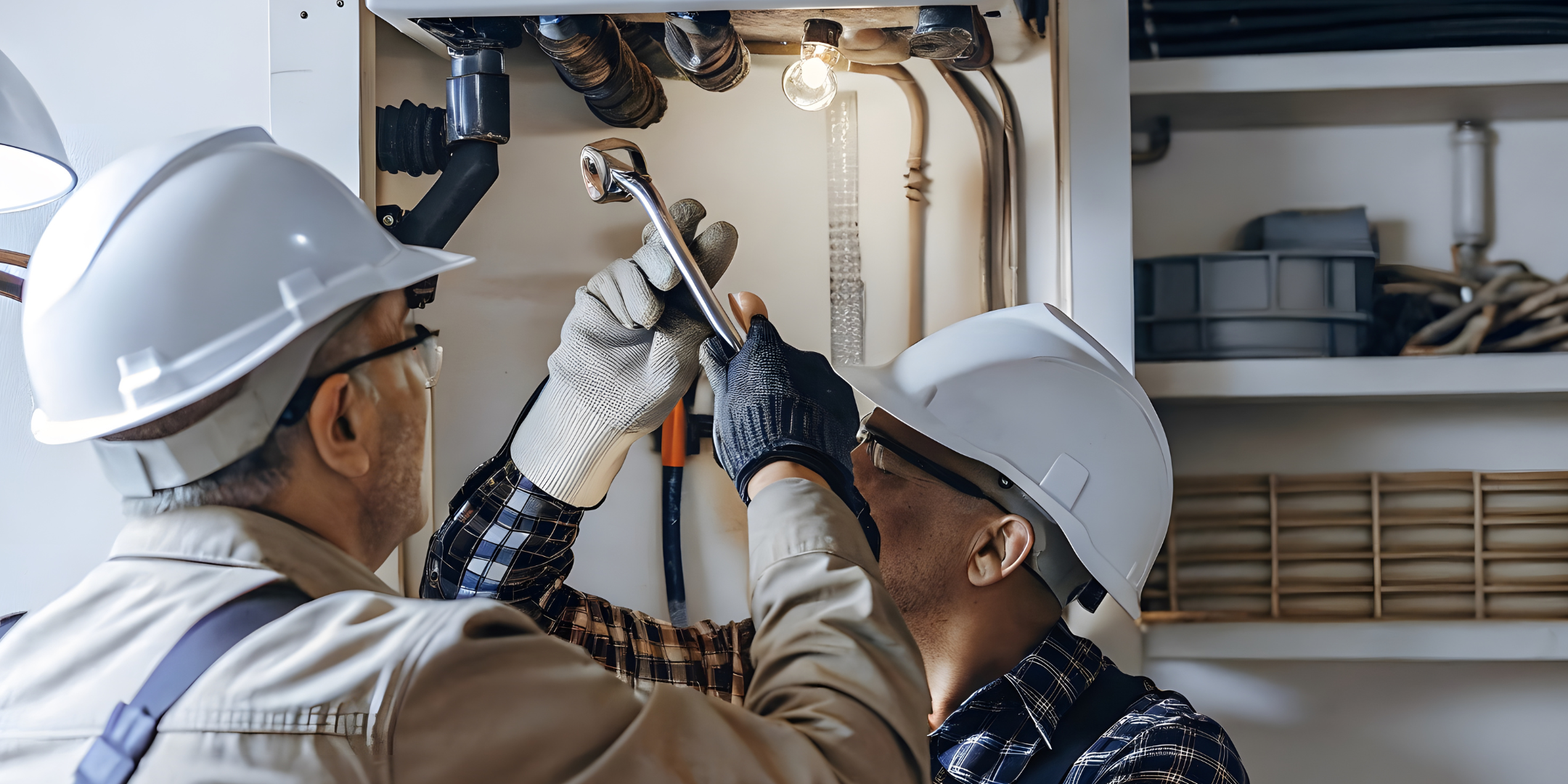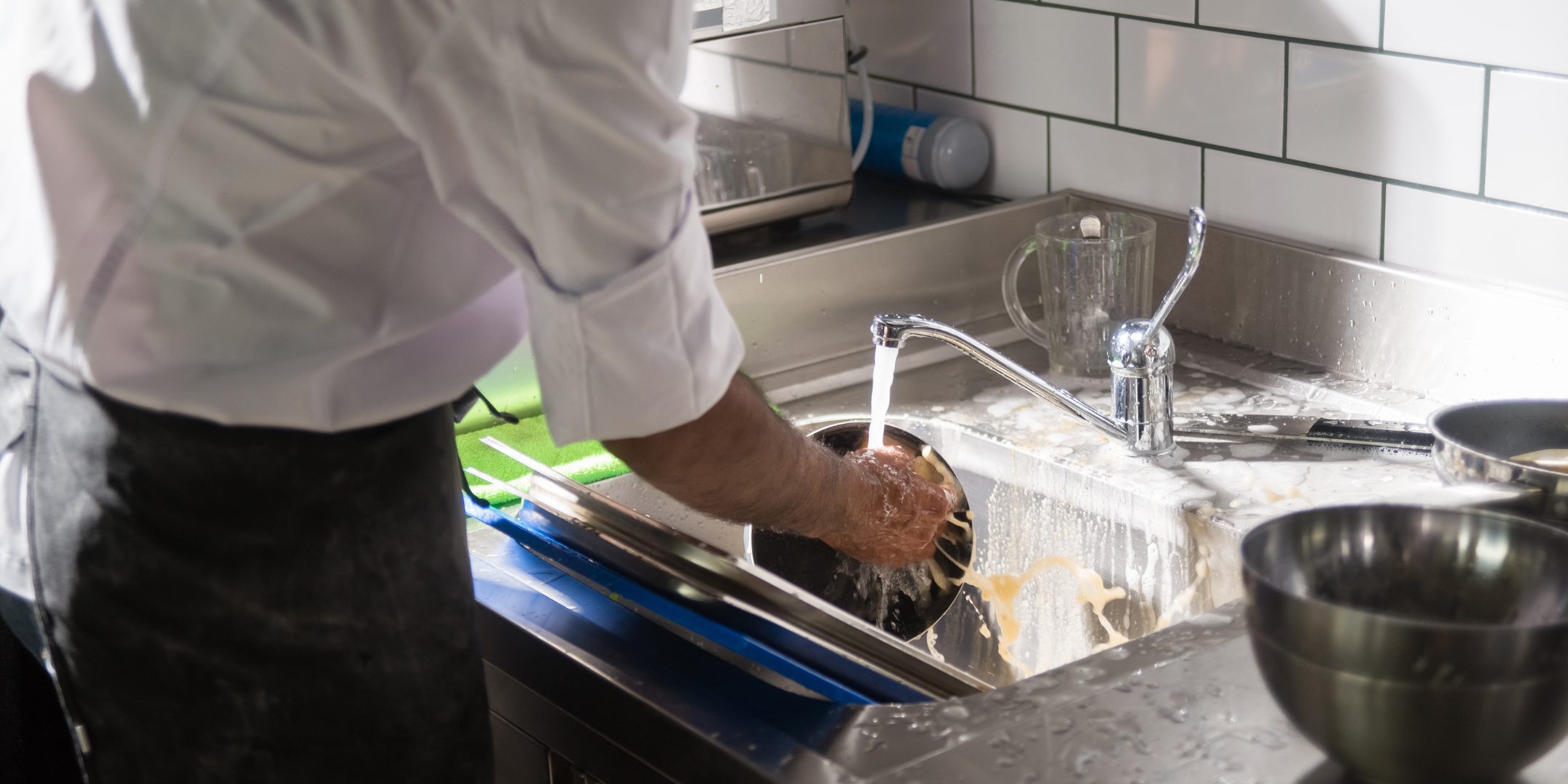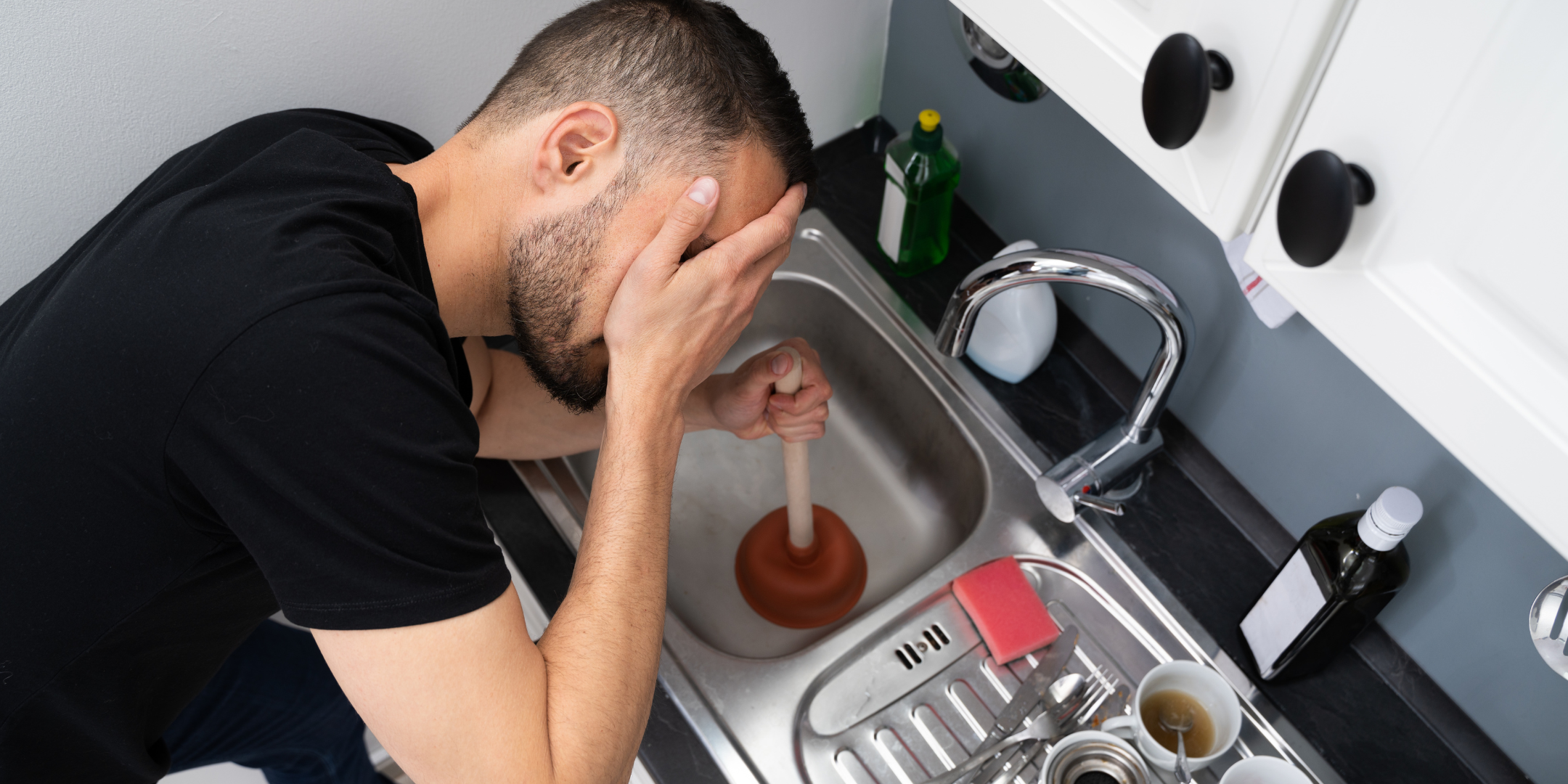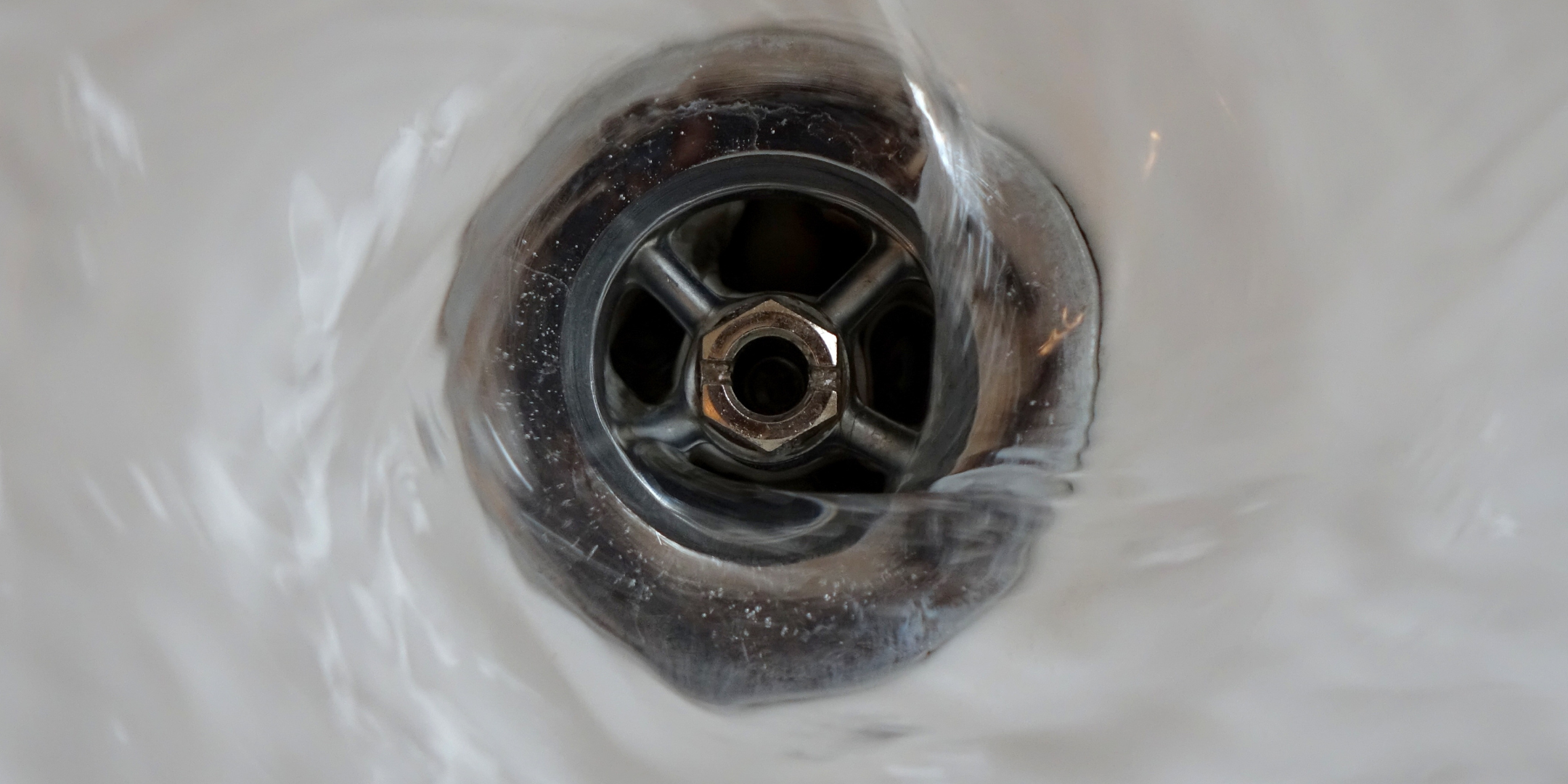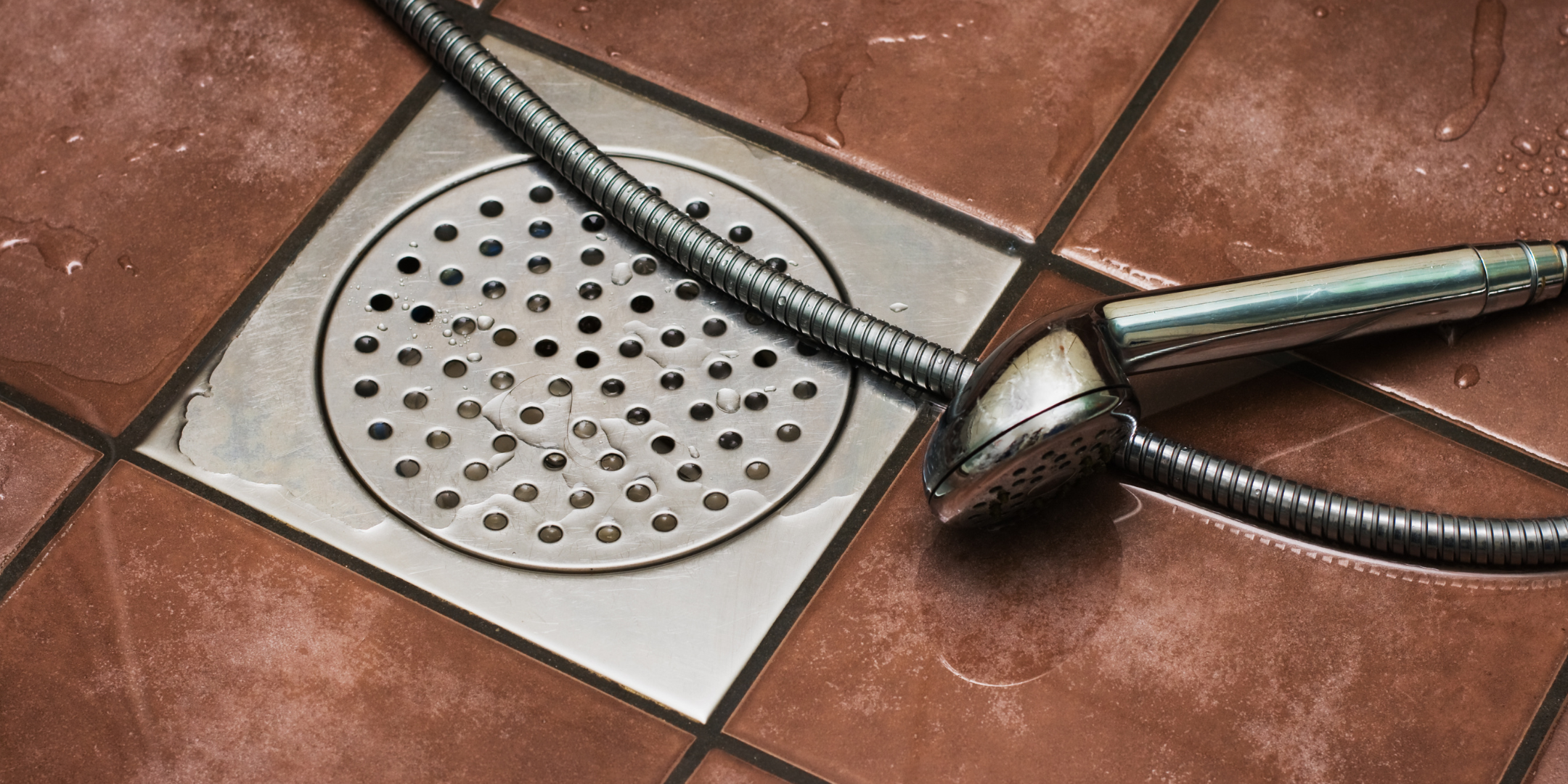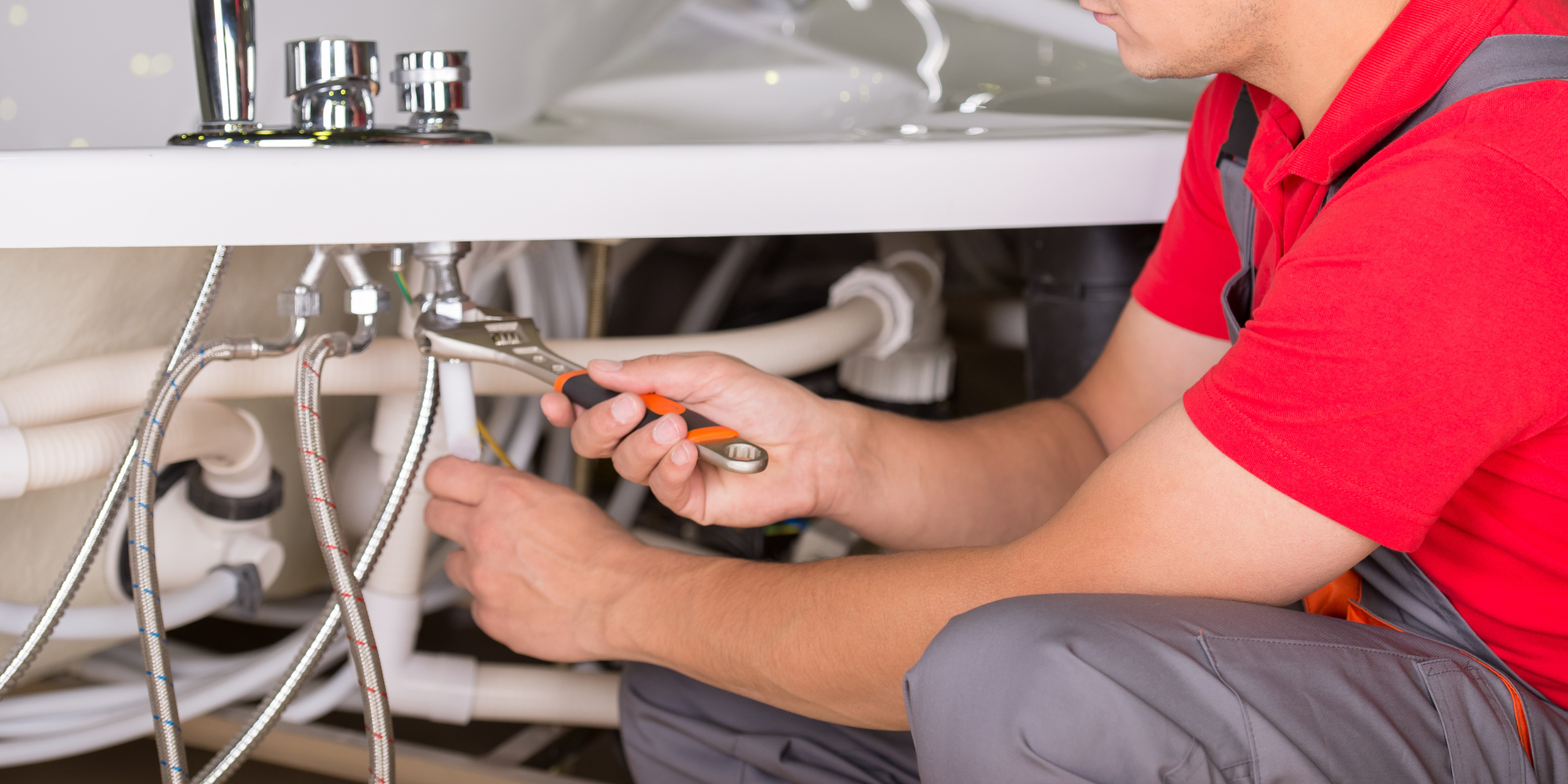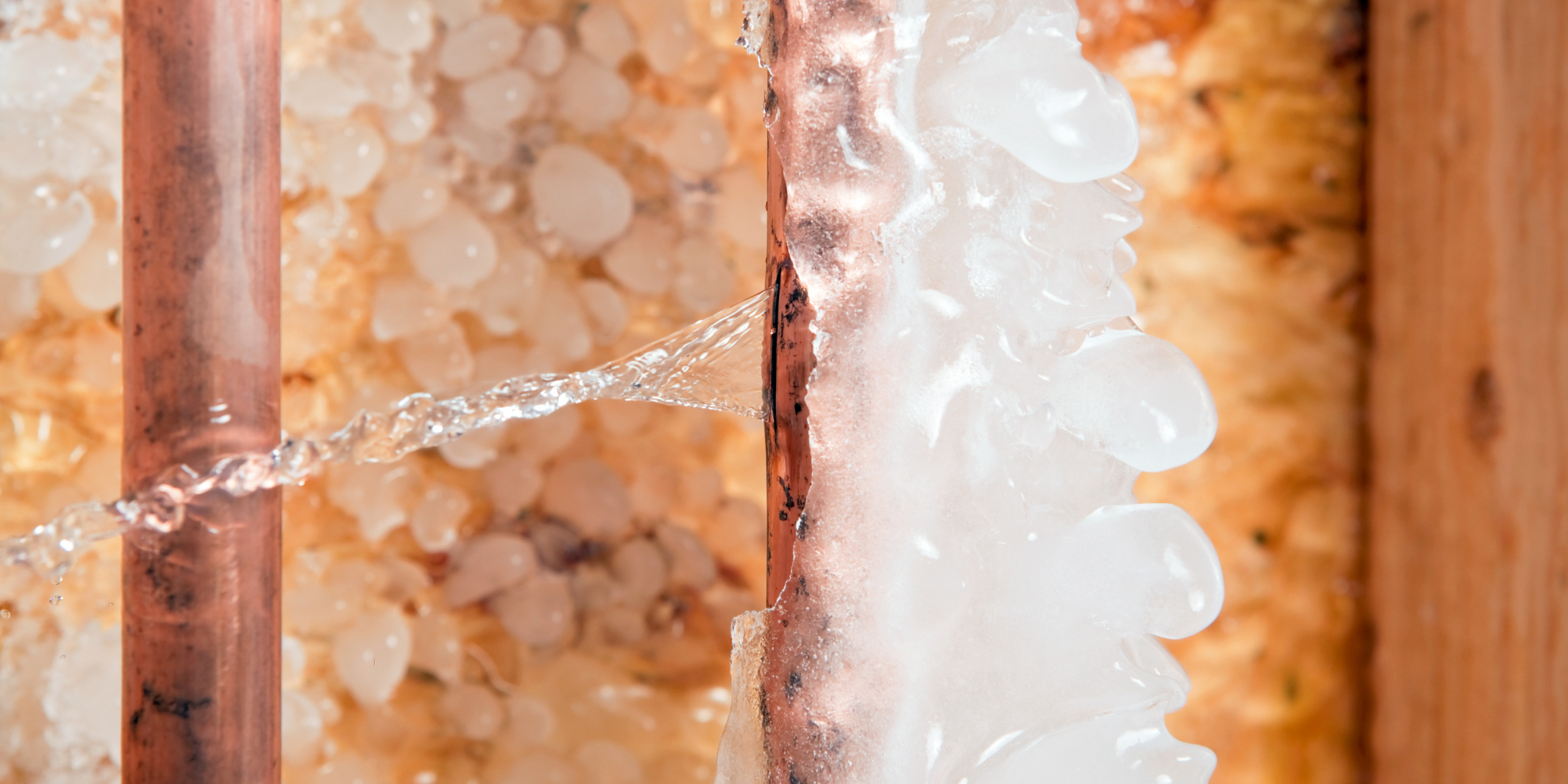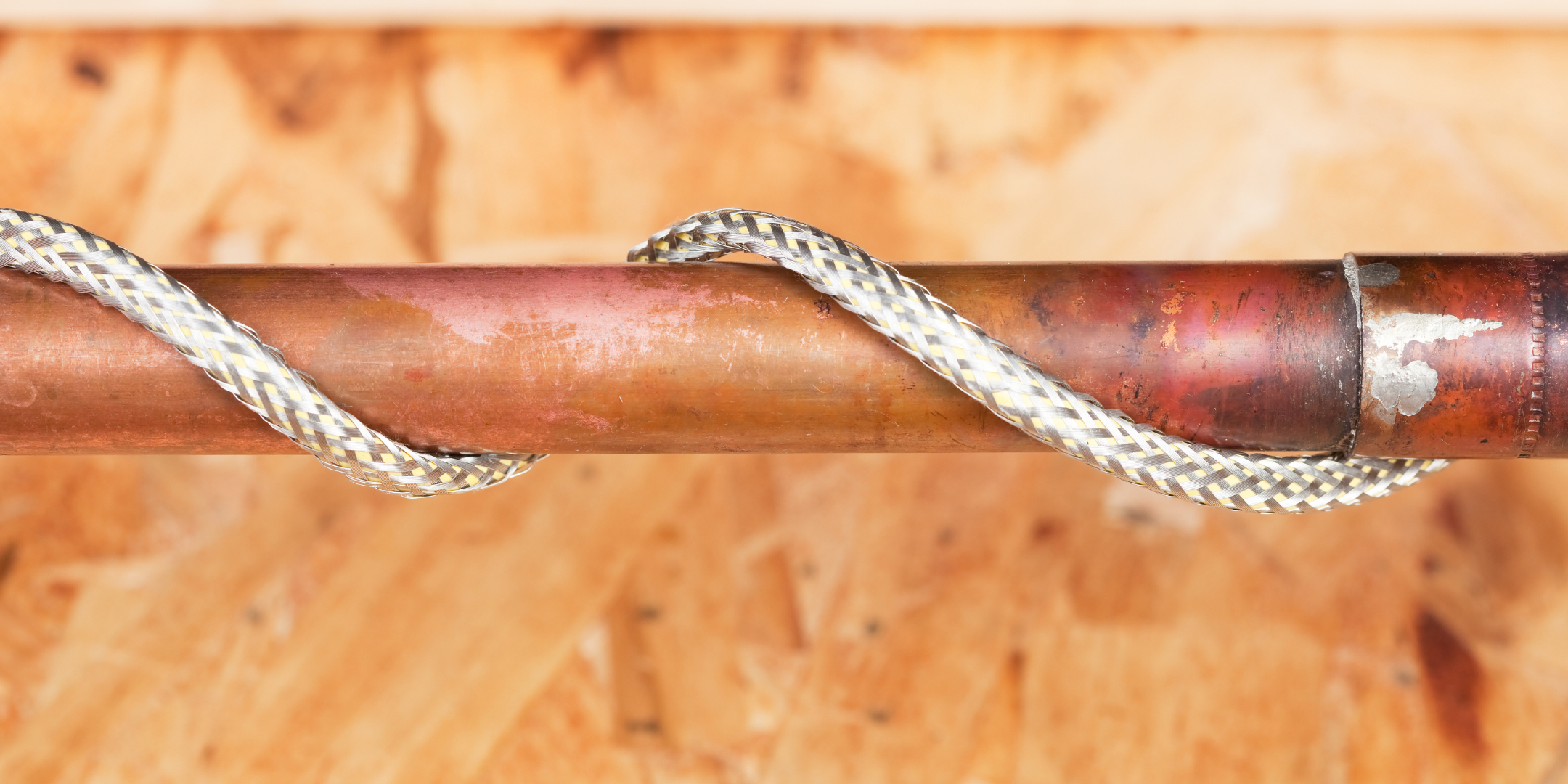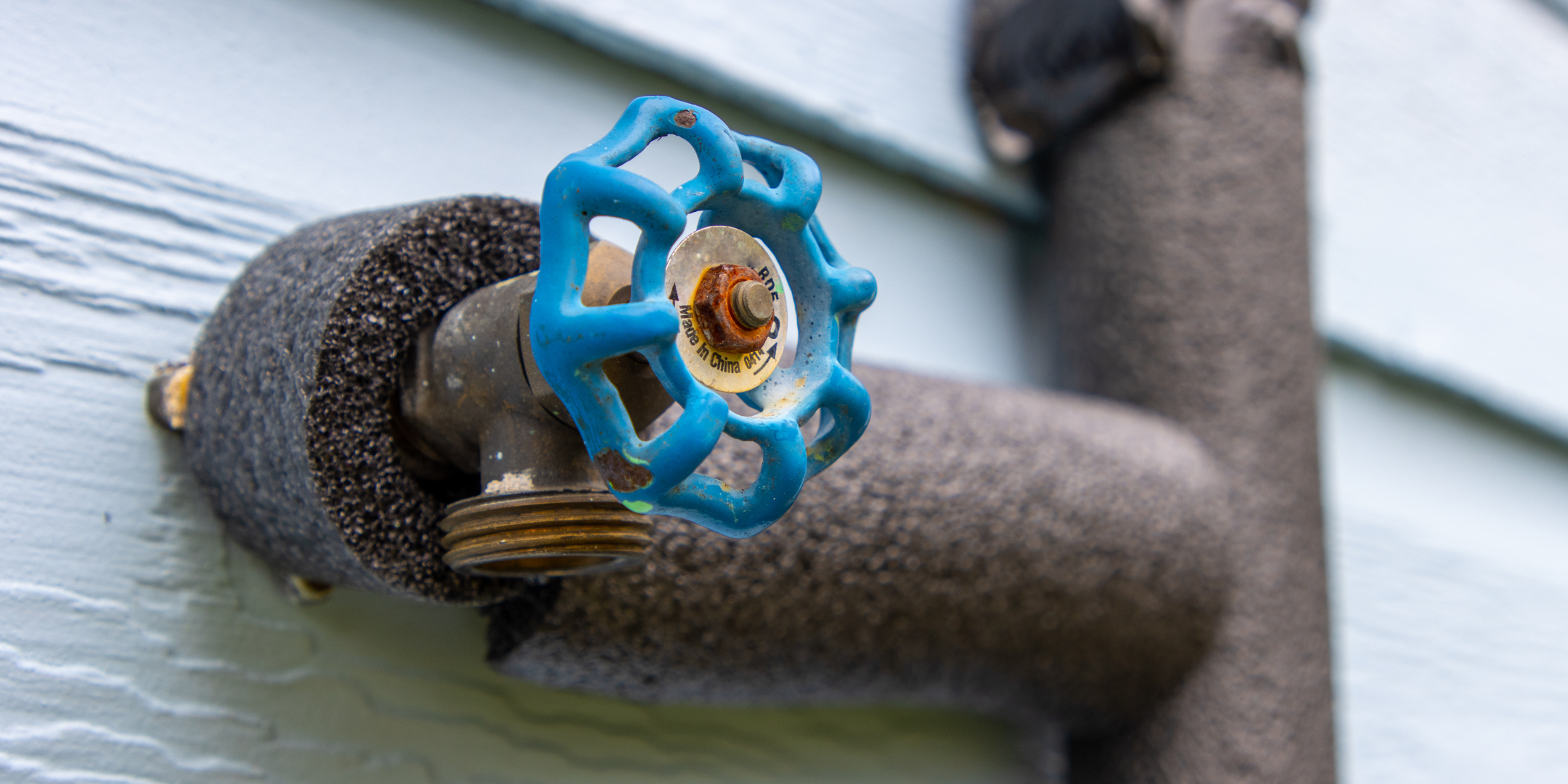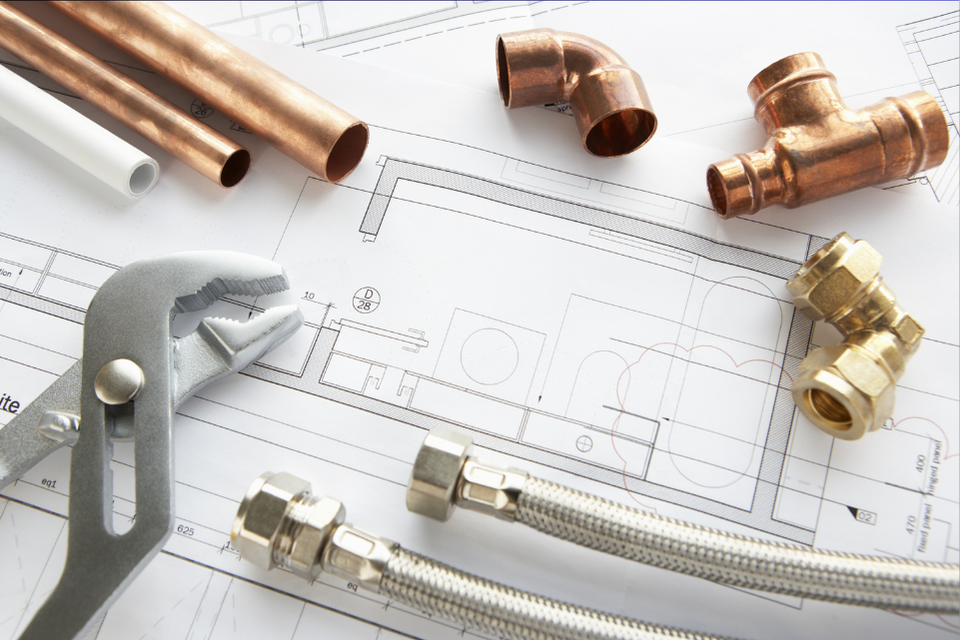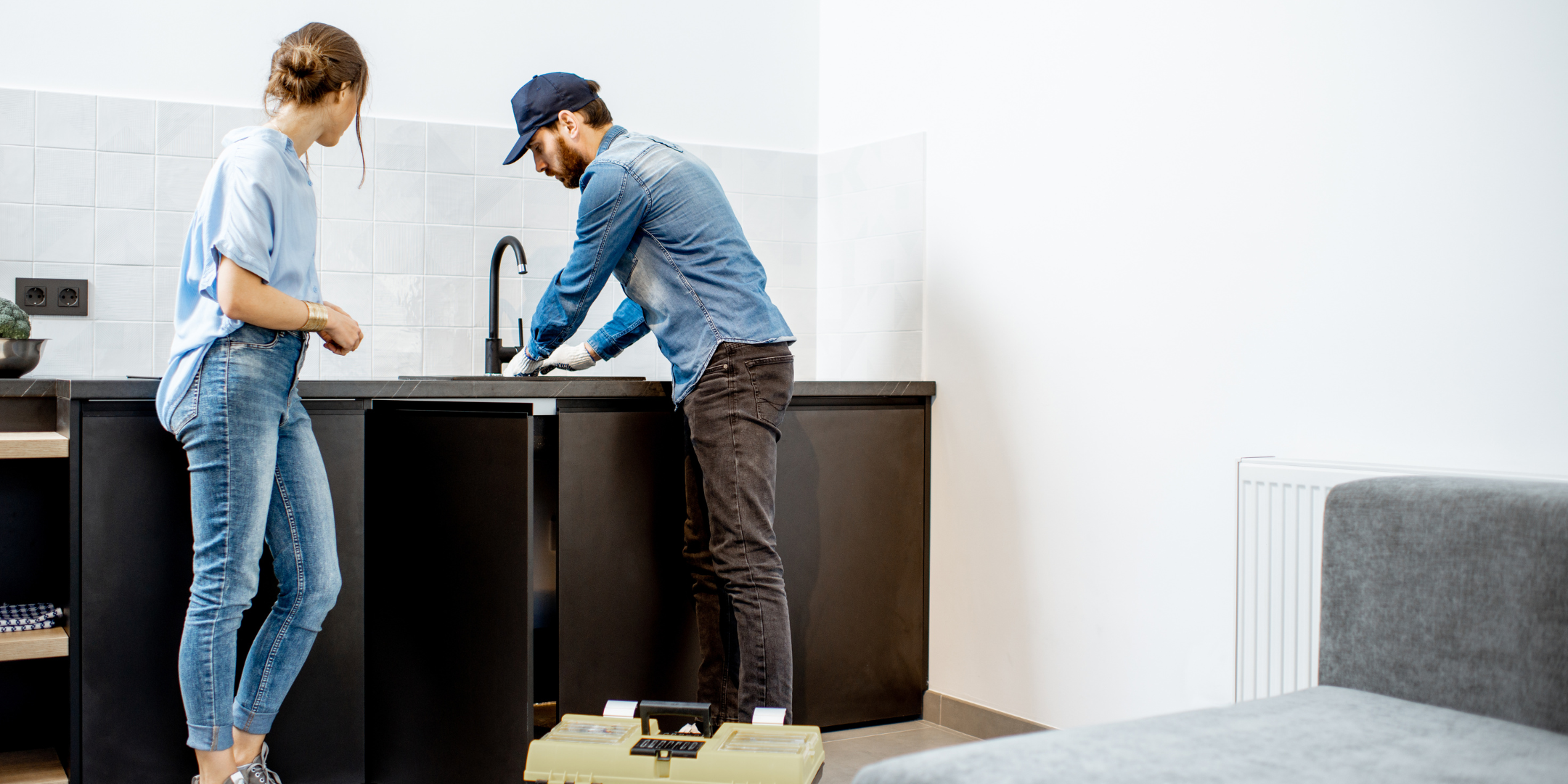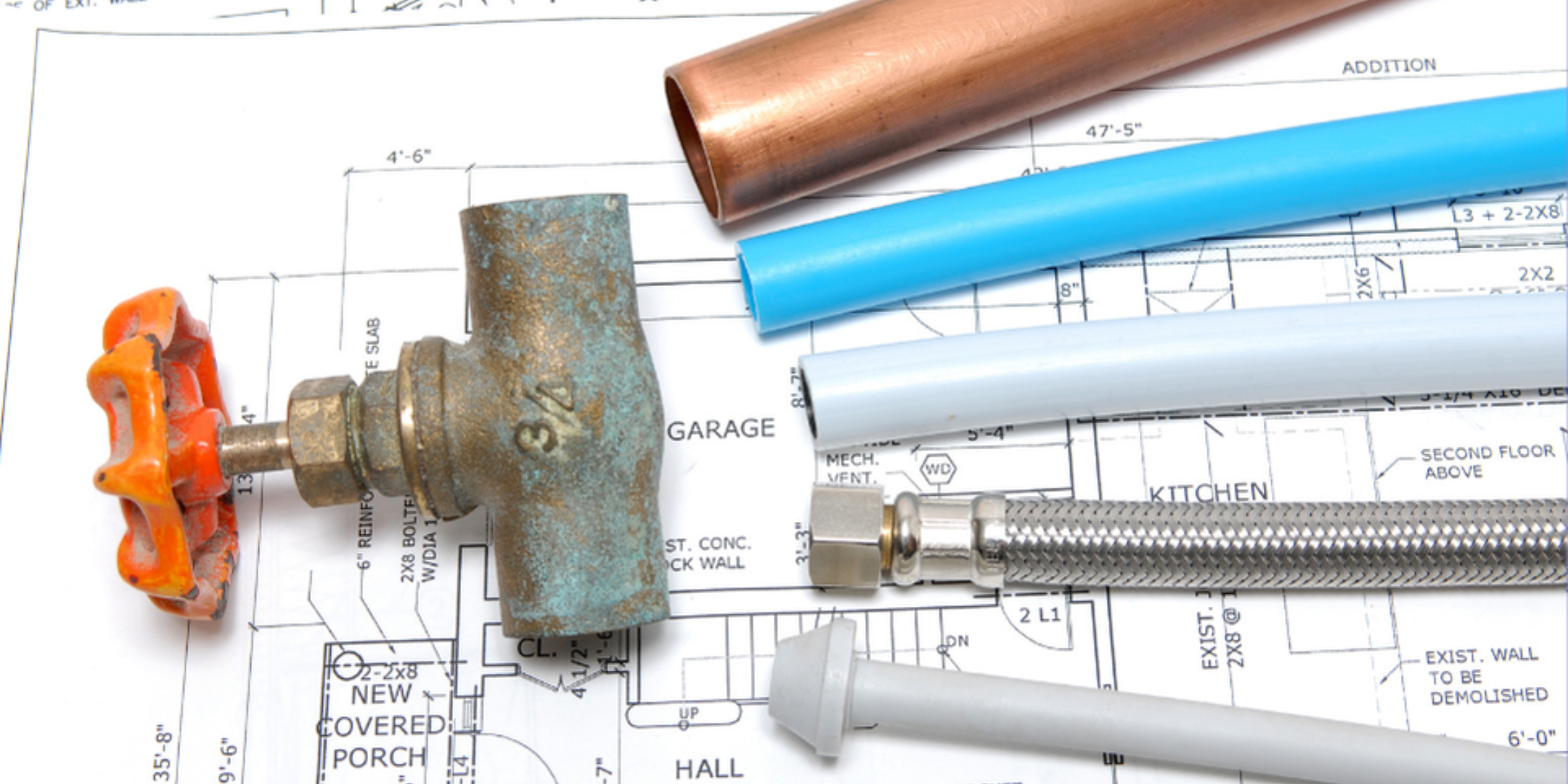How to Prevent Freezing and Bursting Pipes This Winter
September 3rd, 2024
4 min read
By Daphne Hunt
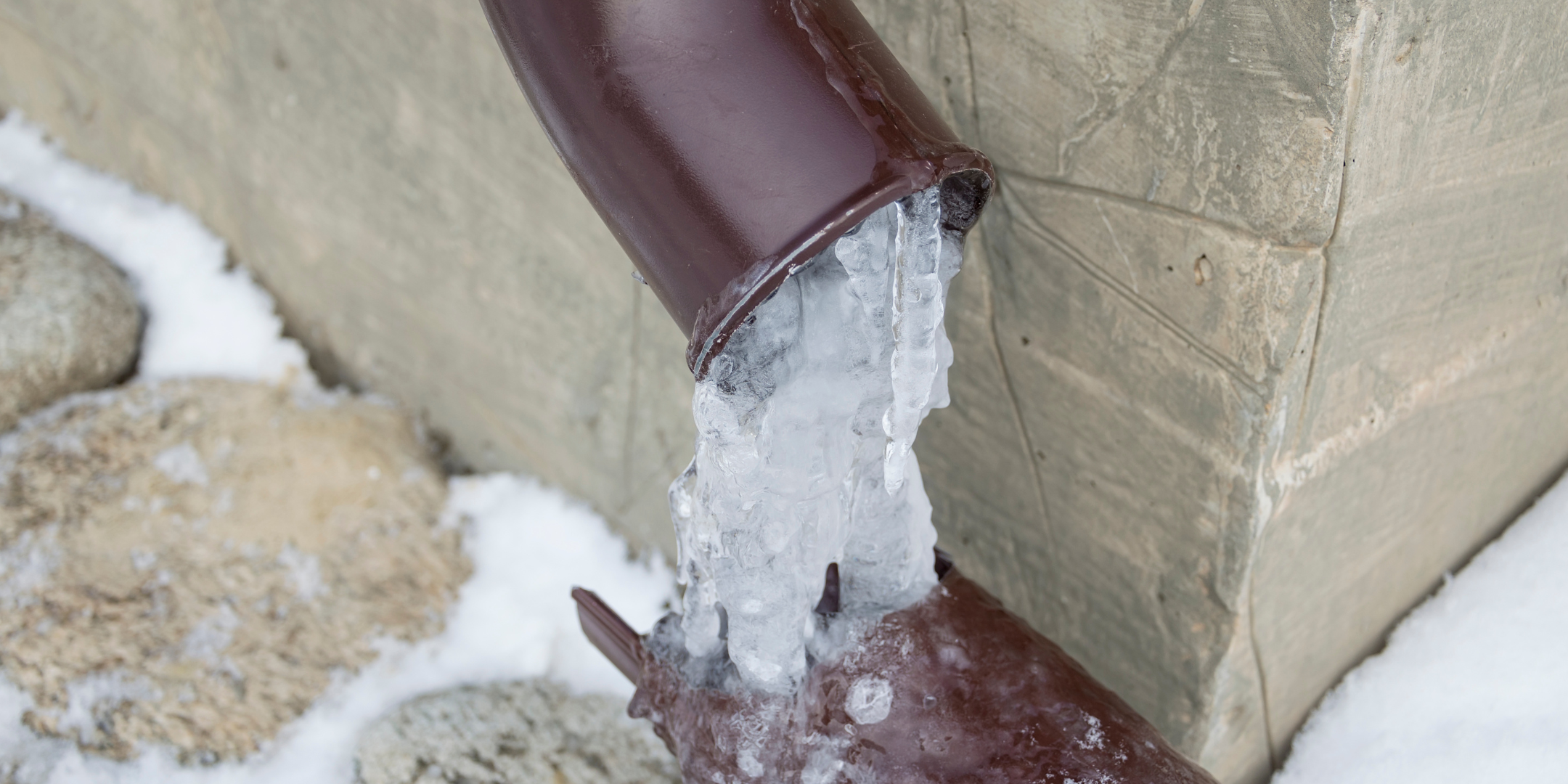
Winter is more than just cold; it’s a season that can wreak havoc on your home’s plumbing. When temperatures drop below freezing, the water in your pipes can freeze and expand, causing pipes to burst. This leads to flooding, water damage, and costly repairs that no homeowner wants to deal with.
With over 16 years of experience in the HVAC industry, we've seen firsthand the damage that harsh winters can inflict on homes throughout the Columbia River Gorge. Our team has helped countless homeowners safeguard their properties against freezing temperatures.
By the end of this article, you’ll be equipped with simple, effective steps to protect your pipes from freezing and bursting. We’ll walk you through everything from insulating your pipes to maintaining a warm indoor environment and ensuring outdoor faucets are properly drained.
Why Pipes in Your Home Freeze and Burst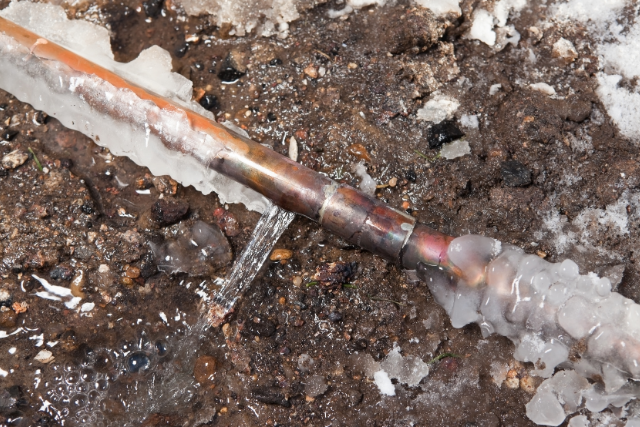
When temperatures drop below freezing, the water inside your pipes can begin to freeze. As water turns to ice, it expands, increasing the pressure inside the pipe. If the pressure becomes too great, it can cause the pipe to crack or burst. This can happen to both metal and plastic pipes, and the damage can be severe, leading to flooding, water damage, and costly repairs.
5 Ways to Prevent Your Pipes from Freezing
Taking preventative measures before the coldest weather arrives is key to avoiding frozen pipes. Here are 5 effective steps you can take:
1. Insulate Your Pipes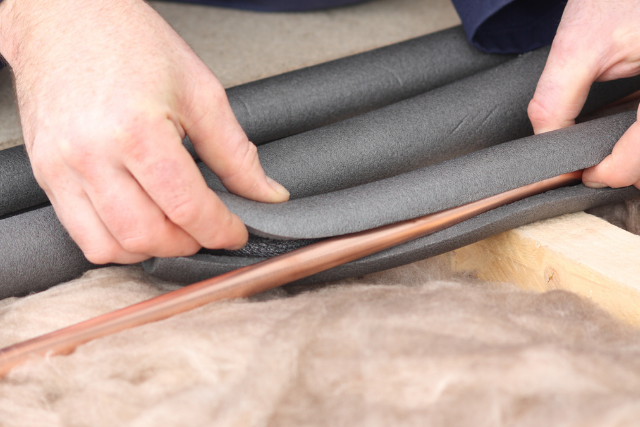
One of the best ways to prevent pipes from freezing is to insulate them, particularly those in unheated areas like attics, basements, garages, or crawl spaces. Foam pipe insulation, heat tape, or heating cables can all be used to keep your pipes warm. Pay special attention to pipes near exterior walls or windows where cold air can seep in.
Foam Pipe Insulation
- Foam pipe insulation is a cost-effective and easy-to-install option that fits snugly around your pipes to keep them insulated from the cold.
- The cost typically ranges from $1 to $3 per linear foot depending on the thickness and quality of the foam.
Reflective Foil Insulation
- Reflective foil insulation is a versatile and effective solution that can be wrapped around pipes to create a thermal barrier. By reflecting radiant heat back onto the pipe, it significantly reduces heat loss and enhances the pipe's ability to maintain a stable temperature, which is crucial for preventing freezing in cold environments.
- This type of insulation is especially useful in areas where space is limited, as it provides efficient thermal protection without adding bulk.
- Reflective foil generally costs $10 to $20 per roll, with one roll covering a significant length of pipe.
Heating Cables
- Heating cables, like heat tape, are specifically designed to keep your pipes warm in freezing temperatures, but they offer enhanced functionality. Many heating cables come equipped with advanced features, such as built-in thermostatic controls that automatically adjust the heat output in response to the pipe's temperature.
- This means the cable only provides heat when necessary, making it more energy-efficient and reliable, especially in towns nestled along the Columbia River, where temperatures fluctuate frequently.
- This option is typically priced between $25 to $75 for a 10- to 30-foot length, depending on the length and complexity of the system.
Pro Tip: Insulate any exposed pipes that are connected to your well or septic system to prevent freezing and maintain water flow throughout the winter.
2. Seal Gaps and Cracks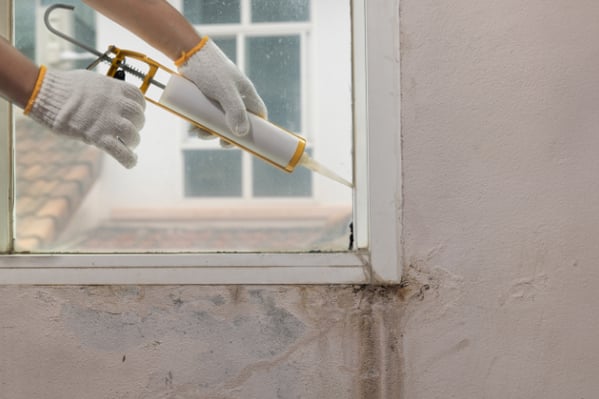
Cold air can enter your home through gaps and cracks around windows, doors, and the foundation, which can cause the temperature around pipes to drop. Seal these openings with caulk or weatherstripping to keep the cold air out and the warm air in. This is especially important in areas where pipes are located, such as basements or crawl spaces.
Pro Tip: Consider installing insulated covers on outdoor faucets to protect them from freezing temperatures.
3. Keep Your Home Warm
Maintaining a consistent indoor temperature is crucial for preventing frozen pipes. Set your thermostat to at least 55°F, even when you’re not at home. Open cabinet doors in the kitchen and bathroom to allow warm air to circulate around pipes, and close garage doors to keep the cold air out.
Pro Tip: If you’re going to be away from home for an extended period, consider shutting off the main water supply and draining your pipes to prevent freezing.
4. Let Faucets Drip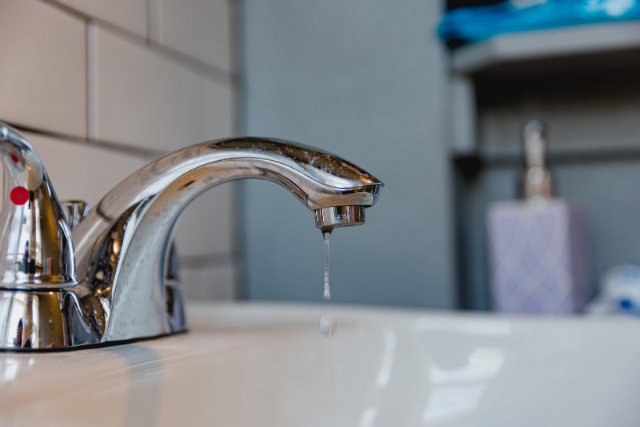
Allowing faucets to drip slightly can relieve pressure in the pipes and help prevent freezing. This is especially useful for pipes that are located in unheated areas of your home. Even a small trickle of water can make a big difference in keeping your pipes from freezing.
Pro Tip: Focus on letting the faucet farthest from your main water supply drip, as this will help maintain water movement throughout the system. Let the cold water side drip, as it's more prone to freezing, but if your hot water lines are also vulnerable, you can let both drip to keep water moving and reduce the risk of freezing.
5. Protect Your Well and Septic System
For the roughly 30% of homes in The Dalles and surrounding areas throughout Eastern Oregon that rely on wells and septic systems, winterizing these components is just as important as protecting your indoor plumbing.
Homes with these systems are at a higher risk of pipe bursts, especially during extreme cold, as the exposed pipes connected to wells and septic tanks are more vulnerable to freezing. In fact, pipes in these setups are up to 60% more likely to burst due to their exposure to the elements.
To mitigate this risk, ensure that your well pump and pressure tank are properly insulated, and wrap any exposed pipes in heat tape or heat cable. For septic systems, take extra care to avoid driving over the tank and drain field, which can compact the soil and potentially damage the system.
Pro Tip: Consider using a septic tank heater or insulating blanket to keep your septic system from freezing.
What to Do if Your Pipes Freeze
Despite your best efforts, pipes can still freeze, especially during extreme cold snaps. If you suspect a pipe has frozen, act quickly to prevent it from bursting:
- Turn off the main water supply to reduce pressure in the pipes.
- Open faucets to allow water to flow once the pipe begins to thaw.
- Use a hairdryer, heating pad, or space heater to slowly thaw the frozen pipe. Never use an open flame.
- Call a professional plumber if you’re unable to locate or thaw the frozen pipe safely.
Keep Your Pipes Safe from Freezing and Bursting This Winter
When you first started reading, you were likely concerned about the potential for freezing and bursting pipes in your home this winter. Now, you’re equipped with essential knowledge on how to insulate your pipes, maintain a warm indoor environment, and protect your well and septic system to prevent costly damage.
freezing and bursting pipes in your home this winter. Now, you’re equipped with essential knowledge on how to insulate your pipes, maintain a warm indoor environment, and protect your well and septic system to prevent costly damage.
With over 16 years of experience, we’ve helped countless homeowners navigate the challenges of winter plumbing, and we’re here to guide you through every step.
Ensure your pipes are winter-ready with the right solution. Find out which product suits your needs best in our detailed comparison, “What's the Difference Between Heat Tape and Heat Cables, and Which Do I Need?”
Daphne Hunt holds a bachelor's degree in English and Mass Communication and has a lifelong passion for writing. She thrives on using her skills to craft compelling pieces that inform, inspire, and connect with readers.
Topics:




